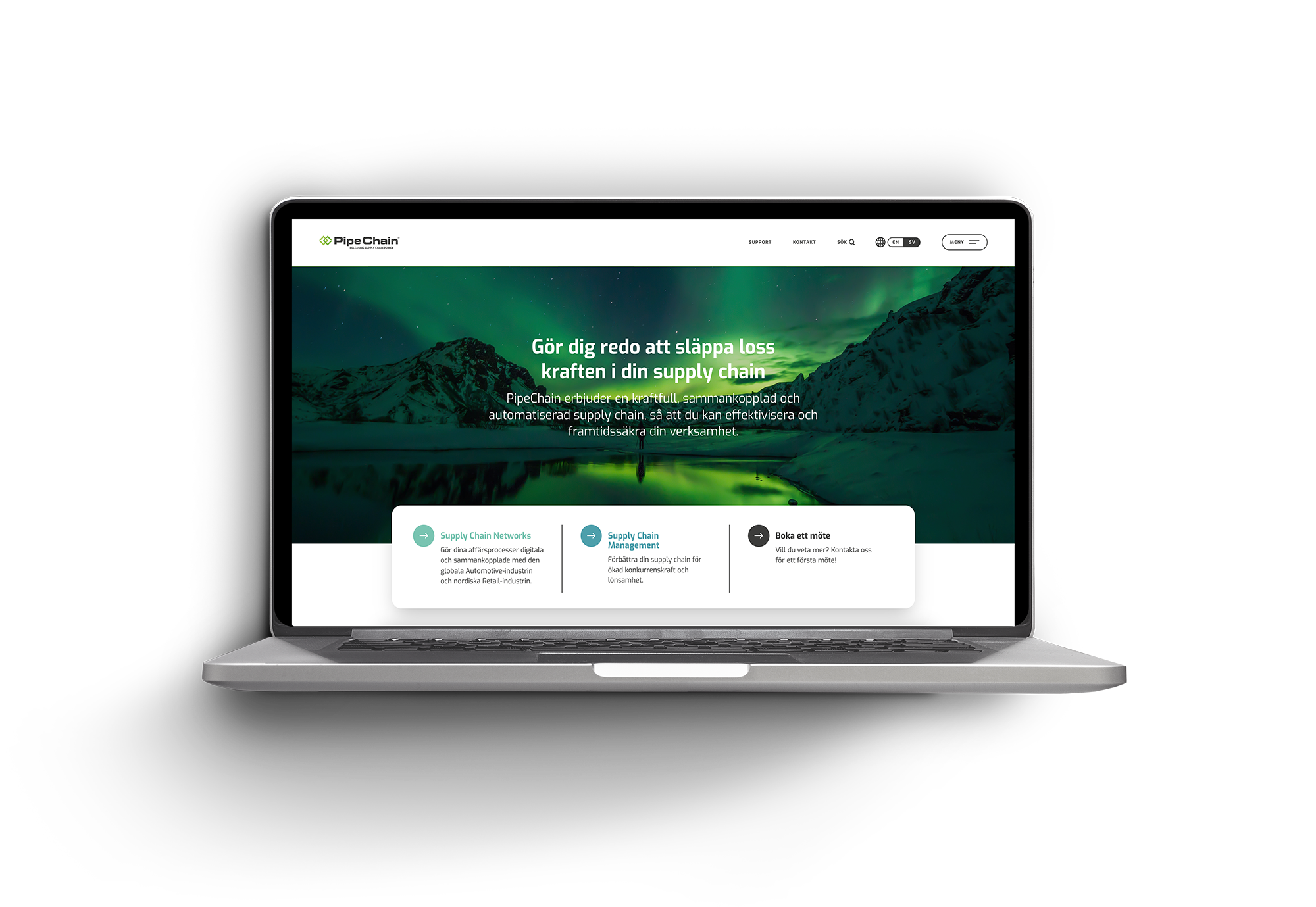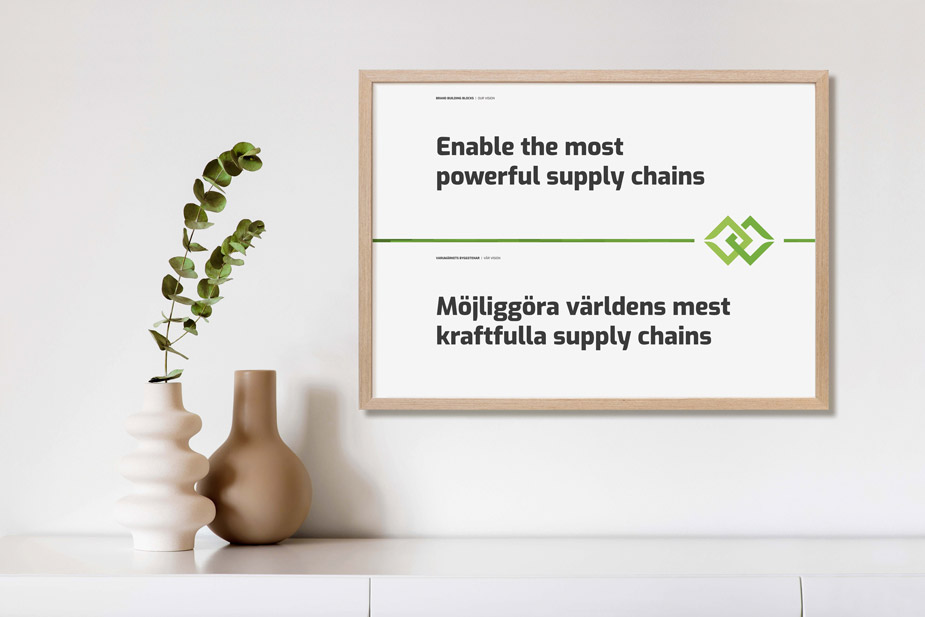Mergers – How to Succeed with Your Consolidation
A merger between two companies is a comprehensive process that is often underestimated. Although on paper there may appear to be many similarities between the companies in terms of culture, work processes, and services, it requires a lot of hard work to realize all synergies. An example of a very successful and well-executed merger is that between Tyringe and PipeChain, two IT companies that recently united.
Many Aspects to Consider
It involves a well-balanced act of keeping employees engaged and customers updated while working on the new offerings without affecting daily deliveries to customers and partners. It requires maintaining momentum in the merger as well as business as usual. Moreover, it is not uncommon to lose some people along the way, who either do not see the same opportunities or who do not fit into the future structure, making recruitment often a crucial part of the process.
Common Vision as a Guiding Star
To succeed, meticulous planning is required. Often, it is beneficial to let a new common vision or mission guide the work, helping employees (and customers) visualize the journey and see where they are heading together. This is exactly what the two IT companies PipeChain and Tyringe did when they merged a while ago.
“We saw early on that we could complement each other well and create a jointly strong offering,” states Hans Berggren, CEO of the group. “Together, it gave us the opportunity to realize our customers’ supply chain visions in a completely new way.”
Leading in Supply Chains
Today, PipeChain is a leader in the Nordics in digitalizing vital parts of the Supply Chain area. PipeChain is a Swedish-based software company with a global reach and over 700 customers in Europe, the USA, and Asia, plus more than 22,000 connected partners in the supply chain network. The main focus is on solutions within Supply Chain Management and Supply Chain Networks. Thanks to the merger, PipeChain has expanded its portfolio and can create even better value for its customers.
“We make our customers’ supply chains more powerful by integrating and optimizing all their business flows. In this way, we unlock financial added value and create long-term sustainable solutions that facilitate automated decision-making and contribute to increased competitiveness,” describes Hans.
New Brand Strategy and Website
After a pitch, PipeChain chose to work with Navigator during the merger. A new common brand strategy, communication platform, and visual identity were developed in collaboration with the management team. A new website was also launched to promote the new joint offering.
Thorough Internal Implementation
All employees were involved in the work with vision, mission, and core values, and the implementation concluded with a joint trip for the entire new PipeChain.
“Getting all employees involved in the process is extremely important in a merger,” points out Peter Imhäuser, Client Director at Navigator. “We conducted several workshops with the teams at PipeChain to create an understanding of the new common platform and the journey.”
Internal and External Vision Film
To create emotional engagement and clarify the whole picture, a film was also produced that describes the new PipeChain to both its own employees and partners, customers, and potential customers.
Revised Communication Material
Part of the work also included applying the new graphic profile and updated messages on various types of communication materials such as stationery, PowerPoint templates, and tech papers.


